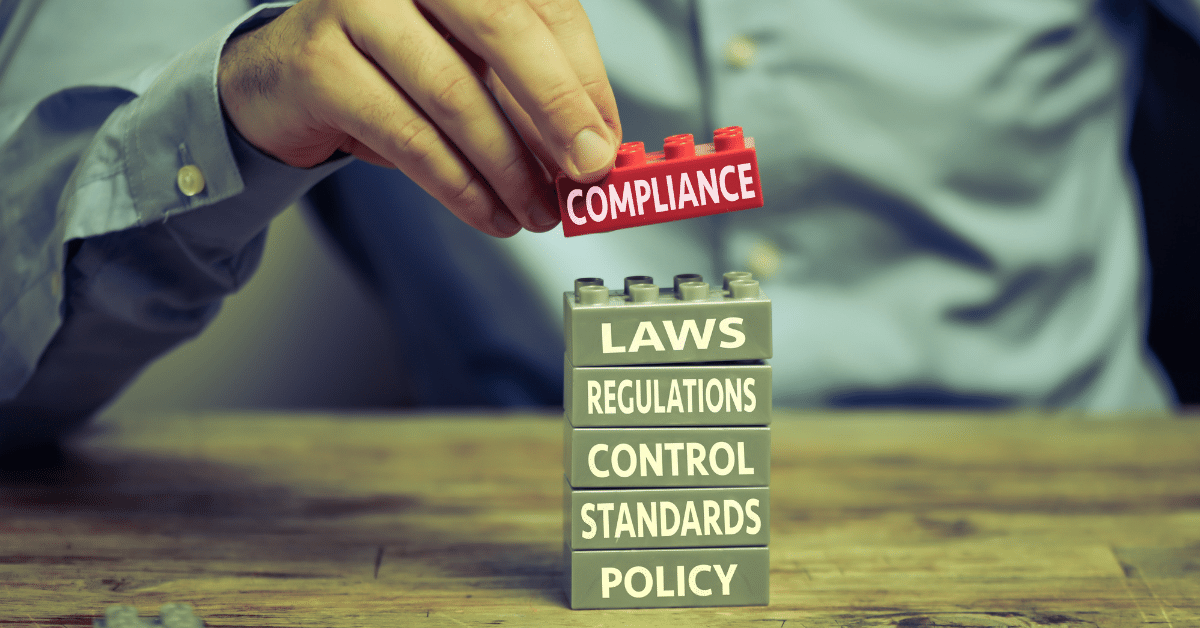How Your Compliance and Security Go Hand-In-Hand
Compliance serves a critical role for every business.
A failure to remain compliant can spell trouble for any organization, regardless of size. And many business owners fail to understand how compliance and security go hand in hand.
Compliance prevents security breaches and offers guidelines for what to do if a breach occurs. Your company won’t become compliant on its own, though.
It takes time and effort to ensure your business stays compliant, especially with rapid technological advances.
Staying Flexible and Compliant
Twenty-five years ago, many of these issues didn’t exist. But then along came the internet, and it upended everything.
As times change, your business must remain flexible or you will fall victim to cyber attacks. To determine if your business is compliant or not, ask yourself key questions:
Does my business have antivirus software and is my network protected by a firewall?
What data is my business encrypting?
Do I have a system in place to manage network-connected devices?
Are there disaster recovery plans in place, and do I use backup solutions?
Is there a business continuity strategy?
Do I have employee training regarding security?
The Most Important Compliance Step: Educating Your Team
After answering these questions, you may be tempted to quickly buy the technology needed to fill the holes. But the first step may surprise you… more than anything else, focus on your team.
According to an IBM study, 95% of cyber-security breaches stem from human error. Here’s the reality: employees who resist a cyber secure culture are putting your business at risk. That’s why it’s critical to offer ongoing employee training.
After training your team, the right technology and equipment must plug the lapses in your compliance plan. If you don’t have antivirus software or firewalls, invest in them before anything else.
The Importance Of Email Filters and Passwords For Compliance
One of the most important strategies is using an email spam filter. Even with trained employees, mistakes can still happen. Cyber criminals use email-based phishing attacks to gain access to your company’s valuable information. One click on the wrong link can compromise your entire network.
With a filter, you won’t worry about employees accidentally clicking on a sketchy email because it will never make it to their mailbox.
You should also introduce strong security password practices as well as multifactor authentication. A portion of your employee training should include password tips and strategies.
Oftentimes, people use the same passwords for every account, which leaves your business vulnerable when one account is compromised.
Multifactor authentication takes this step to the next level since your employees will also receive a text message authorizing their login. It’s a simple way to ensure your information stays protected.
The Next Step: Talk To The Layer9 Compliance Experts
Staying compliant requires a willingness to implement these practices. If you lack the time or expertise to enact your cyber security measures, we’re here to help.
To schedule a free consultation with Layer9, call us at 757-644-3291.


